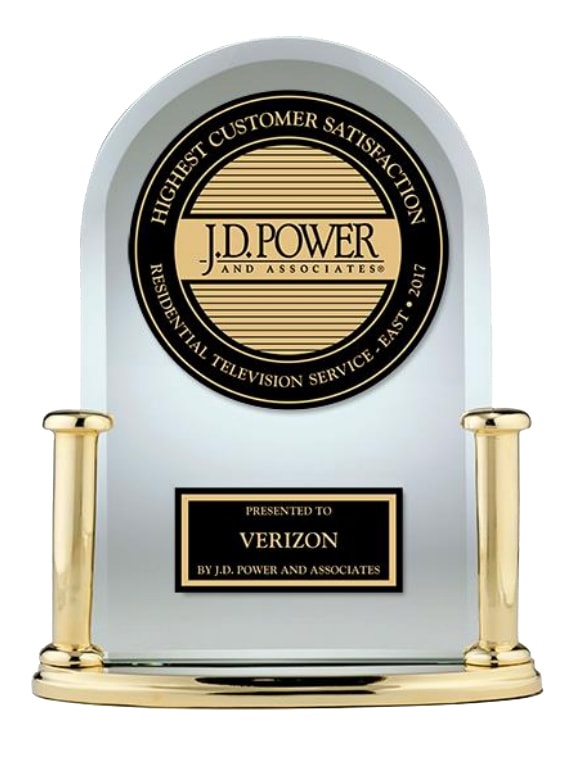The lowdown on internet access options.
There are many options out there for home internet services, but this comparison chart will help you pinpoint the broadband technology that’s perfect for your digital life.
-
Fiber optics
-
150/150 Mbps up to 940/880 Mbps
Next-generation technology that converts electrical signals carrying data to light to provide phone, internet and TV service. Provides greater bandwidth, faster internet connection and stronger signals than other services.
- Like to be continuously online.
- Need more bandwidth to stream entertainment and gaming content online.
- Use multiple devices simultaneously.
- Want the most technologically advanced network.
-
Cable
-
100 Mbps up to 2 GB
(in select markets)A form of broadband connection that transmits internet data using either traditional coaxial or hybrid fiber coaxial cables.
- Want greater speed and reliability than that offered by dial-up or DSL.
- Don’t require high amounts of data transfer for gaming or streaming.
- Aren’t bothered by possible fluctuations in signal quality.
-
Satellite
-
Up to 25 Mbps
Wireless internet service providers use satellites to connect users to the internet via a dish connected to their computer.
- Live in rural or remote areas with another high-speed internet access option.
- Don’t require high speeds for applications like online gaming or video chatting.
-
DSL
-
128 Kbps to 3 Mbps*
A wireline transmission technology that transmits data over traditional copper lines already installed in homes and businesses.
- Want to use phone and internet at the same time.
- Prefer to use a modem to connect.
- Are located close to their internet provider’s central office.
-
Dial-up
-
Up to 56 Kbps
Dial-up service over a standard phone line.
- Want the lowest possible cost.
- Live in remote areas and need rural internet options.
- Don’t need the phone and internet at the same time.
- Use the internet primarily for email and light web surfing, not entertainment.
| Internet Option | Speed | What is it? | Best for those who... |
|---|---|---|---|
| Fiber optics |
150/150 Mbps up to 940/880 Mbps |
Next-generation technology that converts electrical signals carrying data to light to provide phone, internet and TV service. Provides greater bandwidth, faster internet connection and stronger signals than other services. |
|
| Cable |
100 Mbps up to 2 GB (in select markets) |
A form of broadband connection that transmits internet data using either traditional coaxial or hybrid fiber coaxial cables. |
|
| Satellite | Up to 25 Mbps | Wireless internet service providers use satellites to connect users to the internet via a dish connected to their computer. |
|
| DSL |
128 Kbps to 3 Mbps* |
A wireline transmission technology that transmits data over traditional copper lines already installed in homes and businesses. |
|
| Dial-up | Up to 56 Kbps |
Dial-up service over a standard phone line. Users establish a connection by “dialing in” to access the internet. |
|
*Availability and speed depend on the distance from your location to the closest telephone company facility.
Verizon Home Internet Options

Fios Internet
Fios home internet provider gives you the fastest, most reliable internet^ available so you can share as fast as you stream. Details

High Speed Internet
Whether you are uploading photos or downloading music, Verizon High Speed Internet (DSL) service will get the job done with speeds and exceptional reliability.
^Speeds up to 940/880 Mbps upload available in select areas of NY, NJ, Philadelphia, PA, Boston, MA, Washington, DC and Norfolk and Richmond, VA. Symmetrical speeds up to 500/500 Mbps available in other Fios areas.

Fios Internet ranked #1 eight years in a row.
"Highest in Customer Satisfaction with Residential Internet Service in the East, 8 Years in a Row."
- J.D. Power
Verizon received the highest numerical score in the East region of the J.D. Power 2013-2020 U.S. Residential Internet Service Provider Satisfaction Studies of customers’ satisfaction with their current internet provider. Visit jdpower.com/awards